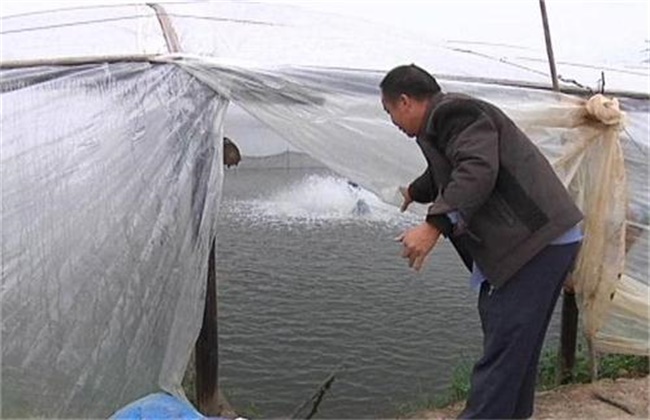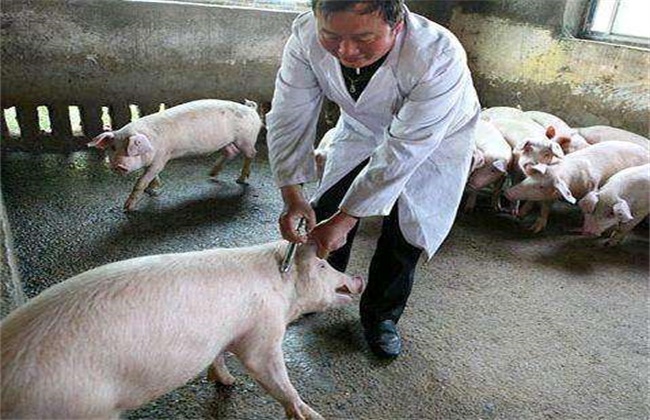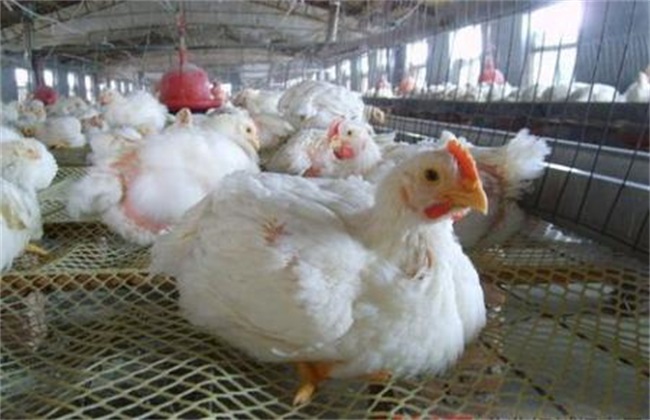Matters needing attention in aquaculture in winter
With the temperature getting lower and lower, now many farms across the country have entered the off-season, many farmers tend to relax their vigilance, resulting in a large area of aquatic products, seriously affecting the income. In order for farmed fish and shrimp to survive the winter safely, we should strengthen our management at this time. Let's take a look at the matters needing attention in aquaculture in winter.

1. Prevent frost damage
When the temperature is low in winter, the greatest fear is frost damage. Wind barriers can be set up on the northwest side of the pond, and woven bags or straw can be piled around, so as to prevent the north from blowing and cause the water temperature to drop rapidly. In the sign of frost, wet straw and firewood can be stacked on the shore to make a fire and smoke to reduce the harm of frost. You can also plant certain aquatic plants in the pond, which can make fish and shrimp survive the winter in aquatic plants, reduce the effect of low temperature on them, and can also inject new water in the afternoon on a sunny day to increase the water temperature.
2. Do not flush in the evening
In winter, because of the principle of anaerobic fermentation at the bottom of the pond, if you turn on the aerator or flush water in the evening, the water layer at the bottom will mix the upper and lower water layer because of lack of oxygen, making the whole pond anoxic, causing great harm to fish and shrimp, so it is not suitable to flush in the evening.
3. Proper feeding
The temperature in November is 20 degrees. It is the exuberant growth of freshwater fish and shrimp. At this time, it can provide them with sufficient natural bait, which can not only keep fat and gain weight, but also lay the foundation for freshwater fish to survive the winter successfully. Feeding should follow the standard of "regular, accurate positioning, qualitative and quantitative analysis", and the feeding amount should be flexibly controlled according to air temperature, water body and fish and shrimp intake. The bait should have all-round nutritional value, strong delicacy and no mildew, so as to ensure that the fish and shrimp are full and do not cause waste and pollute the water.
4. Change the bottom of disinfection
Before the fish goes into the pond, the body surface of the fish needs to be disinfected. Wang iodine can be bathed for 5 minutes. After entering the pond, Yingziling is used for anti-stress treatment for two consecutive days. After a year of breeding in the pond in winter, a lot of residual bait and feces will be deposited at the bottom, and anaerobic fermentation will produce toxic gas, which will cause serious toxicity to fish and shrimp, so long-term oxygen and strong bottom net should be put in time in winter to change the bottom and increase oxygen to prevent the bottom environment from deteriorating.
The above is an introduction to the matters needing attention in aquaculture in winter. I hope it can help you to learn more about it. Please follow us.
Related
- On the eggshell is a badge full of pride. British Poultry Egg Market and Consumer observation
- British study: 72% of Britons are willing to buy native eggs raised by insects
- Guidelines for friendly egg production revised the increase of space in chicken sheds can not be forced to change feathers and lay eggs.
- Risk of delay in customs clearance Australia suspends lobster exports to China
- Pig semen-the Vector of virus Transmission (4)
- Pig semen-the Vector of virus Transmission (3)
- Five common causes of difficult control of classical swine fever in clinic and their countermeasures
- Foot-and-mouth disease is the most effective way to prevent it!
- PED is the number one killer of piglets and has to be guarded against in autumn and winter.
- What is "yellow fat pig"? Have you ever heard the pig collector talk about "yellow fat pig"?



